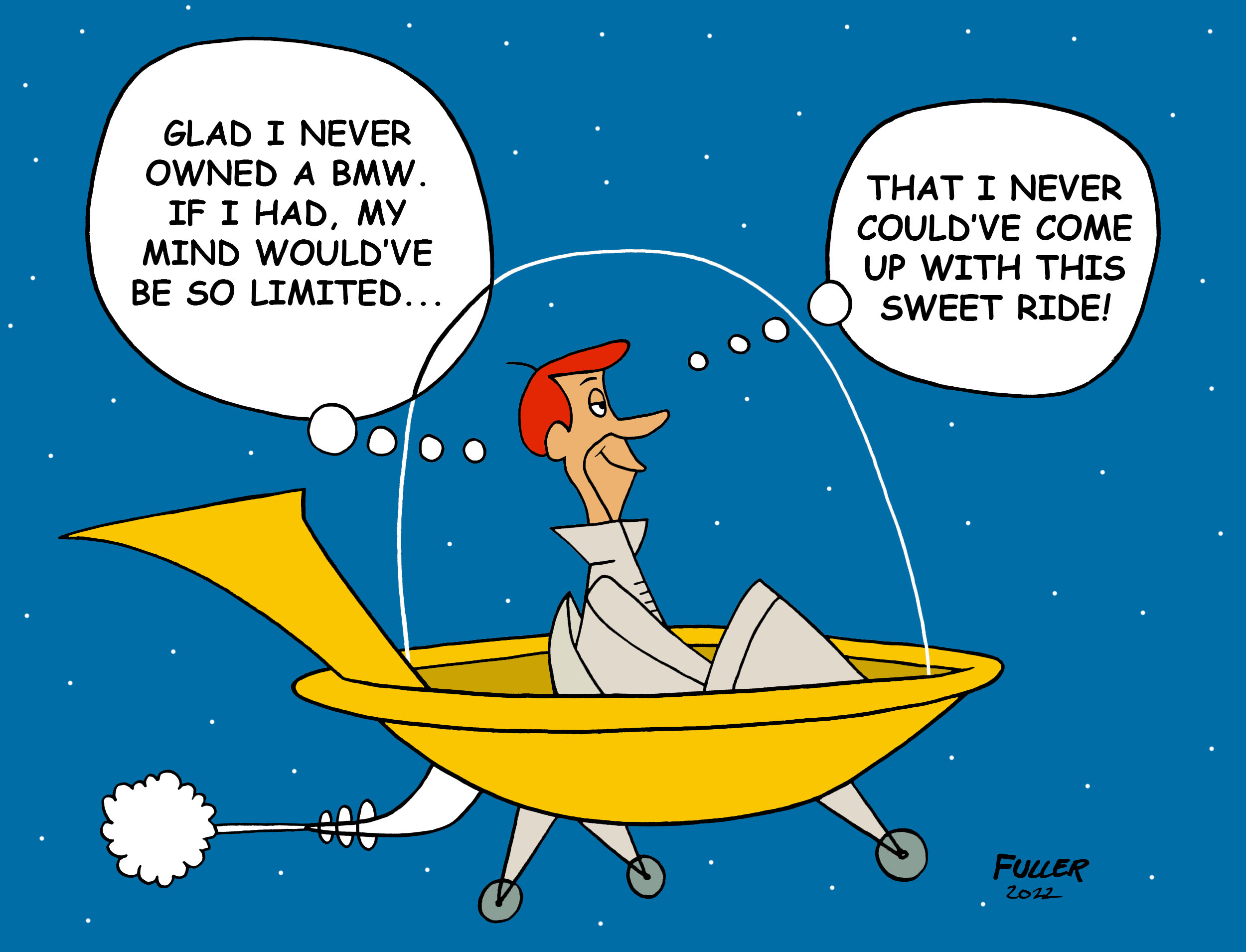Cite as: Benner, S. A. (2022) “Synthesis has explored the universe of possible Darwinian informational biopolymers”. Primordial Scoop, e20220526. https://doi.org/10.52400/MOUG5525
Some remarks of Carol Cleland and David Grinspoon address my suggestion that synthetic biology might relieve some of their despair of ever understanding life universally, or ever being able to seek it agnostically.
Yes, Carol and David caught me adopting the Kuhnian strategem of not requiring that we design synthetic systems that are life, but rather look for synthetic systems that have properties that we value in life. This prevents our begging the questions at hand, which ask whether we can define “life” at all. Or, if Jan’s perspective prevails, whether we should even try to define life.
But their objection to this expedient, that aliens might value things in life that we do not, misses the philosophical mark. True, what we value in life is … well … what we value in life. And that is certainly based on our own experience with the thing that we call “life”.
But we are also the audience for this discussion. It is conceivable that aliens exist somewhere in the cosmos that can do something that the life on Earth can not do. For example, travel faster than the speed of light. These hypothetical aliens might indeed value warp drive as an attribute of life.
But we are not talking to those aliens. We are talking locally. So it is entirely reasonable to adopt Kuhn’s strategem, especially since it avoids our begging questions.
They then question “whether a molecular system synthesized in a laboratory represents another example of life”. Yet I am careful to never claim that any molecular system synthesized in a lab is a second example of life. Again, we do not know what life is.
Rather, synthetic biologists make systems that have specific abilities, driven by theories that say what abilities give properties that we value in living systems. In our work, these include the ability to store and transmit information, and the ability to be replicated, evolve and adapt via mutations that are not prospective with respect to future phenotype. “Bare, minimalist, Darwinian evolution, to some minds sufficient for life.”
Carol and David have misread those “minds”, We actually do think that these properties are “sufficient” to generate the attributes that we value in life.
So let me be clear. We are proposing a “theory” with this as its central proposition:
Proposition 1: A chemical system having the ability to store and transmit information, that can be replicated with errors that themselves are replicable, and therefore can evolve and adapt without requiring mutations to be prospective with respect to future phenotype, is sufficient to give all properties that we value in life.
Now, this Proposition is either true or false. But if you deny its sufficiency aspect, you might wish to suggest additional features that would make the system sufficient to give all of the properties that we value in life.
Some might add compartmentalization to the sufficiency statement. Carol and David might have their own additions.
But to be even more clear, we do not equate “agnostic” with “skeptical”. An agnostic life detection process detects all chemical systems that have those specific molecular abilities in a specific environment, for example, in water mined on Mars. Determining the range of molecular structures that can do so in such an environment is an activity in experimental science.
Experiments to test a second Proposition.
Proposition 2: The chemical system that meets the requirements of Proposition 1 in water necessarily must include a linear polymer with a polyelectrolyte backbone and stereoregular building blocks.
Yes, in water. That is where most experiments have been done. Other experiments must be done, for example, to support an analogous proposition for methane, as in the oceans of Titan, or sulfuric acid, as in the clouds above Venus. These experiments might lead to Proposition 2′, Proposition 2″, and so on.
Note the logical relationship. Proposition 1 holds a sufficiency statement. Proposition 2 holds a necessity statement.
There is not a lot of “handwaving” here. Just propositions supported by inductive reasoning extracted from experimental studies.
But here, Carol and David offer their most pointed criticism. Synthetic biologists, they argue, are so intellectually feeble that they are unable to break free of their knowledge of the chemical underpinnings of Terran biology to truly explore “possibility space” of molecules that might support Proposition 1, even in water.
Expanding on their analogy of automobile design, they are arguing even though the Jetson’s space car is within the space of possible automobiles, the familiarity of the human mind with terran automobiles, such as the BMW, will prevent our ever synthesizing one to show that it too can meet the mobility that is valued in automobiles. The synthetic biologists’ intellect (or the automobile designer’s intellect) is too feeble to see outside of the bloinkers.
Or at least, so Carol and David suggest, even though they applaud our “cleverness and resourcefulness.” They write: “We should not fool ourselves into thinking [synthetic biologists] have shown us the broader contours of this map” of the possibility space.
Yes, scientists must enter the cosmos with a deep humility. That humility must be taught to young scientists. It is based on our understanding of the intrinsic deficiencies in humankind in their ability to imagine the unknown.
But it is not as bad as it might seem.
Carol and David can be forgiven for not knowing the full scope of the experiments that have been done by synthetic biologists trying to create alternative systems capable of minimal Darwinian evolution. In 30 years, we have not examined just the “two structural characteristics of DNA” that ended up in Proposition 2.
Rather, we (and many other synthetic biologist) have made hundreds of molecules that lack a polyelectrolyte structure. We have made molecules that do not have stereoregular building blocks. We made molecules that are not linear polymers. We have even made molecules that might work in the methane oceans of Titan. We have explored far outside “narrow contours” of possibilities based only on natural DNA.
Do any of these systems support Proposition 1?
No. No. No. And no.
Of course, since Terran life fulfills Proposition 1, its informational molecules must fulfill Proposition 2, if Proposition 2 were true. But the support for Proposition 2 comes not from the fact that the biopolymers of Terran life meet the demands of Proposition 1, but that synthetic biopolymers that do not conform to its requirements fail to meet the demands of Proposition 1.
The remarks of Carol and David also overlook the value of “expansive” theory. We understand why Proposition 2 is likely correct not only because of its concordance with molecular structures in Terran life, and not only because that it molecular systems that violate its parameters fail to give these properties that we value in life.
In addition, support for Proposition 2 comes from experimental observations and theoretical conditions that have nothing at all to do with life. Such observations also come from polymer science that guides the manufacture of plastics for BMW car seats. They also come from petrochemical science used to make BMW fuel. They also come from surfactant studies that allow us to wash BMWs. With thousands and thousands of supporting observations behind them in each case.
Indeed the entire body chemistry lets us understand the meaning of Proposition 2 in a broad context. Or, dare we say, a universal context.
Back to you, Carol and David



